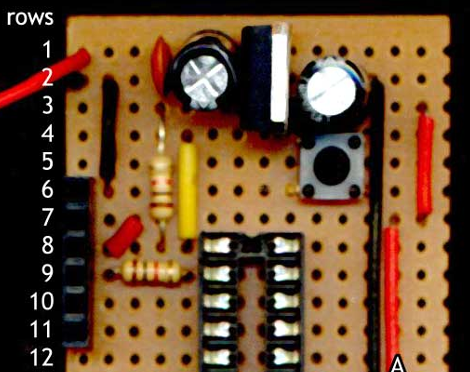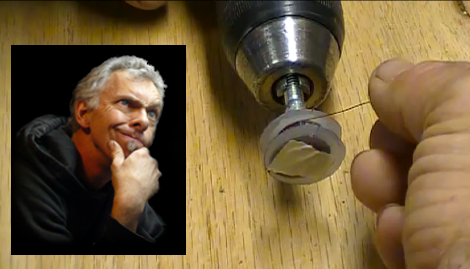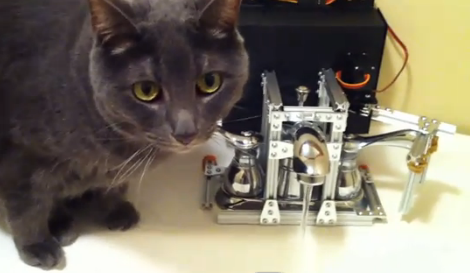
Commenter [TheCreator] reminded us of this fantastic video from [Craig Turner] who you may recognize from SBS’s Top Gear Australia Video Competition. You see, [Craig] has been struggling for some time with the problem of neighborhood cats relieving themselves pretty much all over his stuff. Through surveillance he identified (and named) around 9 separate cats sauntering into his yard during the wee hours of the night. The only issue now was to humanely discourage them from entering his yard.
The best solution, in this case, was a simple spray from the garden hose, but who is going to stay up all night to watch for cats? [Craig]’s ’75 Galant happens to have aftermarket door locks. These typically contain a simple powerful 12V actuator that will push or pull when given current. The actuator is strong enough, and has enough travel, to depress your typical garden sprayer handle. The lock actuators even include enough mounting hardware to tack everything together. The only irreversible part of the hack appears to be the hole drilled into the sprayer’s handle.
The job of cat detection is handled with a PIR sensor (sourced from his home security system) and a paper towel tube to narrow the detector’s field of view. Placed at animal height the PIR detector works like a trip line, and flips a relay connected to an array of devices: A bright LED lamp, a DSLR set to take several quick photos of the victim, An HD video camera, and the sprayer solenoid. This whole rig is placed at a convenient choke point and hilarity ensues! A schematic is included in the video but is pretty difficult to interpret, we transcribed it for you. Some details are unclear but essentially a few relays are stapled together to provide either high or low switching signals.
Check out the video, [Craig]’s schematic, and our interpretation of [Craig]’s schematic after the jump!
Continue reading “Automated Hose Keeps Cats From Watering You” →


















